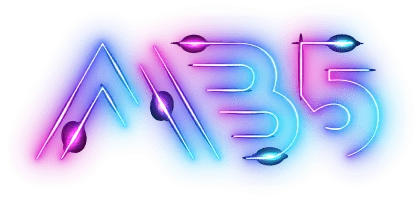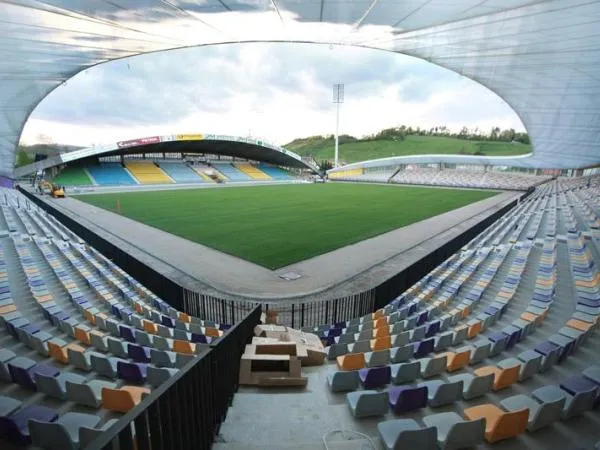In July 2007 Maribor named the former Slovenian national Zlatko Zahovic for the role of the club's director of sports, which was the first step towards the golden era for Maribor.
The month of May, 2008 was when Maribor hosted their debut game at the new stadium, in front of more than 12,000 fans. The same year, Darko Milanic, who later became the most successful manager of his time at the club, was named as manager. Under his guidance, Maribor won the league during the 2008-09 season the first time in the span of six years. The following year they did not win the league title and finished second to Koper. They did however win the cup by beating Domzale 3-1 in the final. They also won the title as their first Slovenian Supercup title after beating Interblock.
At the close of the 2010 season Maribor was celebrating its 50th anniversary and also secured their ninety-ninth Slovenian league title in the time in the base season. In the years following, Maribor won four more consecutive titles, taking the total number of championships at 13 prior to eventually dropping the trophy in 2016, to main adversaries Olimpija Ljubljana. in 2012, Maribor was also able to score a record amount of points. In addition, Maribor also won two doubles back-to-back during this time winning against Celje at both times both in 2013 and 2012 Slovenian Cup finals.
In 2011 Maribor had a major leap forward at international tournaments. They defeated Rangers at the UEFA Europa League play-offs and were able to qualify for group stages, marking their first appearance on the group stage of European tournaments in over 10 years. They scored one point over six games and held Braga to a draw of 1-1 at home. In the following season, they were again made it to the group stage and were able to secure four points after beating Panathinaikos as well as drawing Tottenham Hotspur, both at home.
In their third appearance at the group stage during 2013-14 Maribor made it to the knockout stage during the 2013-14 UEFA Europa League for the first time. The round-of 32 was a disaster for Maribor they were knocked out by the eventual winners, Sevilla, 4-3 on average. Their success in the European run was boosted during the 2014-15 season which was the time Maribor got to qualifying for UEFA Champions League group stage for the second time in their history after removing Celtic through play-offs. They were placed in Group G along with Chelsea, Schalke 04, and Sporting CP. After a draw and defeat to the other team Maribor scored three points during six matches.
From 2015-16 Maribor did not win their league championship for the first time after the past six years, but they returned to the crown the following year, claiming their 14th national championship. Then, as Slovenian champions Maribor was a part of Slovenia during the 2017-18 UEFA Champions League, and for the third time in club's history they made it to in the stage of group play. Maribor played in Group E alongside Spartak Moscow, Sevilla, and Liverpool. Maribor scored three points from six games which was the same as 2014, with a draw against Sevilla at home and two times against Spartak. The 7-0 loss they suffered to Liverpool was the club's most heaviest home loss in European tournaments, and also their second-highest European loss overall. In the same year, Maribor failed to win an award at the beginning of the season for the first time since 2007/08. winning the title of league to Olimpija in a head-to-head match after having the same amount of points. Olimpija also defeated Maribor in the quarterfinals in the cup's national final which meant that Maribor was unable to make it to the semi-finals in the same way as 2002-03 for the first time.
In the 2018-19 season, Maribor won its 15th national title under the leadership of Milanic who took home the league's sixth title at Maribor and was the most successful coach of the Slovenian top division. Then, Milanic and Zahovic left the club in March of 2020 after a string of poor performance. Under Zahovic's tenure, Maribor won eight league titles and advanced to the UEFA Champions League group stages twice.
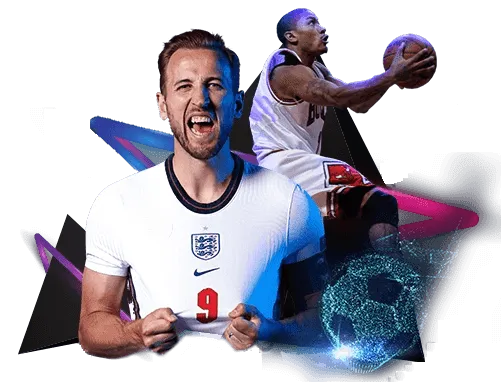


 ENG
ENG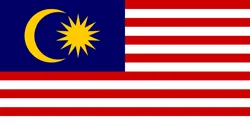 MYS
MYS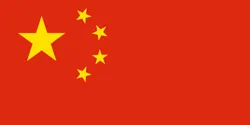 简体中文
简体中文